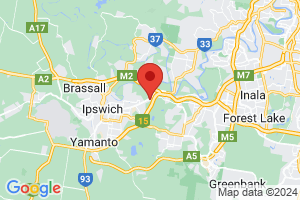Station overview—Ebbw Vale, Grenadier Circle

Map marker is indicative only. It does not reflect the exact location of the station.
See all stations in South East Queensland region.
In response to community concerns in the Swanbank area, the the Department of Environment and Science launched the Odour Abatement Taskforce in 2018 to investigate and respond to concerns raised by the community about odours, dust and other environmental nuisance in and around Swanbank. Hydrogen sulfide sensors have been deployed in and around the local surrounding areas to monitor odour levels.


